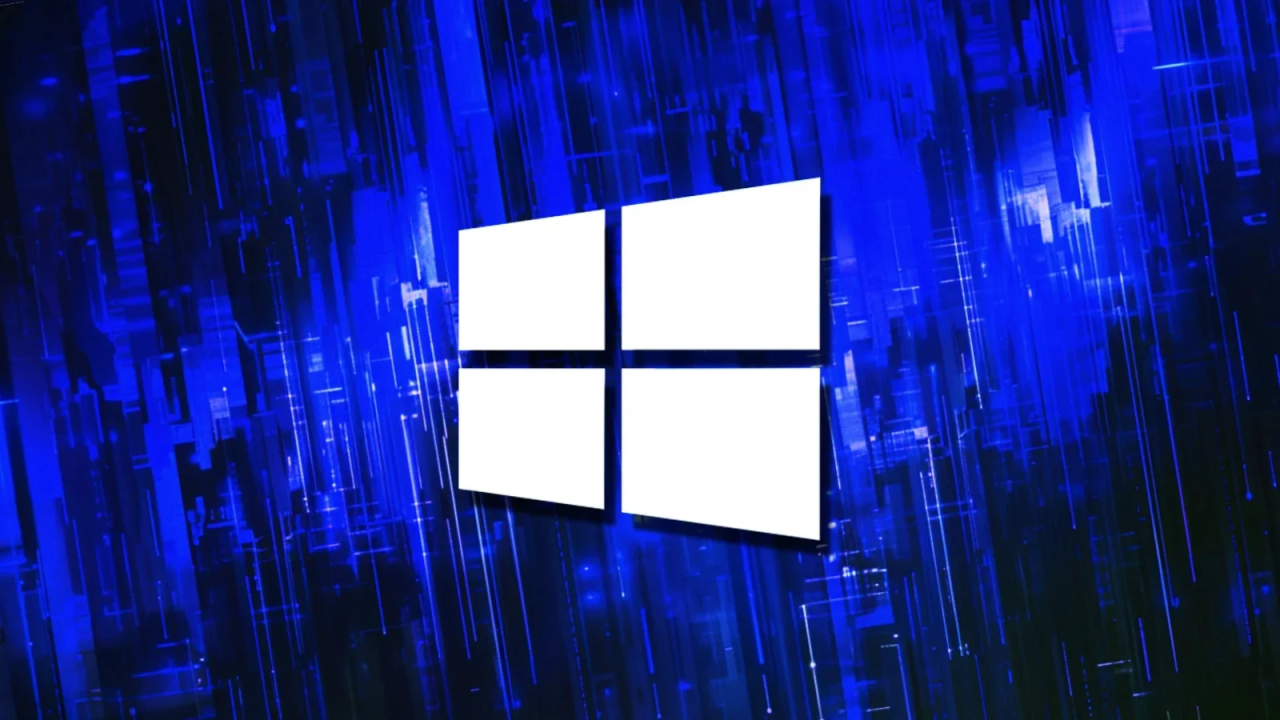Microsoft ends development of Windows Server Update Services (WSUS)
Microsoft has officially announced that Windows Server Update Services (WSUS) is now deprecated, but plans to maintain current functionality and continue publishing updates through the channel.
This move isn't surprising, as Microsoft first listed WSUS as one of the "features removed or no longer developed starting with Windows Server 2025" on August 13. In June, the company also revealed that it would also soon deprecate WSUS driver synchronization.
Introduced in 2005 as Software Update Services (SUS), WSUS allows IT administrators to manage and distribute updates for Microsoft products across large corporate networks that require consistent and controlled updates for large numbers of Windows devices. It acts as an intermediary and offers centralized control over updates rather than having each device download them individually from Microsoft's servers.
While new features and development for WSUS will cease, Microsoft said today that it plans to continue supporting the service's existing functionality and updates, which will still be distributed, even after deprecation.
"Specifically, this means that we are no longer investing in new capabilities, nor are we accepting new feature requests for WSUS," Microsoft's Nir Froimovici said on Friday. "However, we are preserving current functionality and will continue to publish updates through the WSUS channel. We will also support any content already published through the WSUS channel."
The change affects enterprise environments that rely on WSUS to manage updates delivered to many devices but does not impact home users or those using Microsoft Configuration Manager.
After WSUS' deprecation, Microsoft encourages businesses to adopt cloud-based solutions for client and server updates, such as Windows Autopatch, Microsoft Intune, and Azure Update Manager.
"While the WSUS role remains available in Windows Server 2025, we recommend organizations transition to cloud tools, including Windows Autopatch and Microsoft Intune for client update management and Azure Update Manager for server update management," Froimovici said.
"Remember: WSUS remains operational but is no longer investing in new features," he added.
In June, Microsoft also announced that it had officially deprecated NTLM authentication on Windows and Windows servers, advising developers to transition to Kerberos or Negotiation authentication to prevent future problems.


Comments